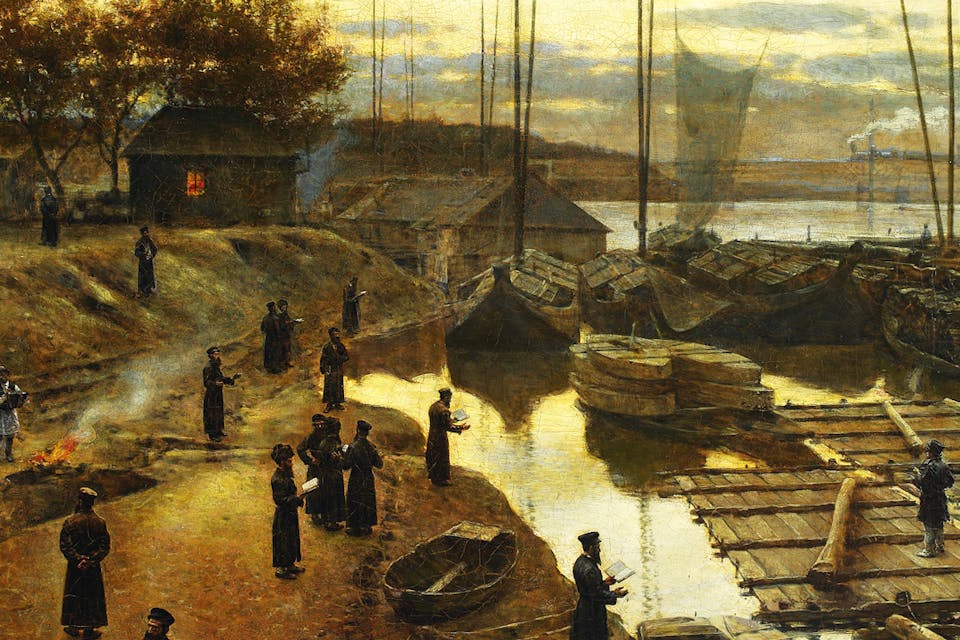
September 11, 2015
The Personal Prayer at the Heart of the High Holy Days
“Here am I, poor in deeds," it begins. Where did it come from and, more importantly, what does it say to us?
Just before the start of the musaf (“additional”) service in Ashkenazi synagogues on Rosh Hashanah and Yom Kippur, the prayer leader chants a personal entreaty begging God to be merciful to His people, gathered at this season in repentance of their sins. The prayer is known by its opening words hineni he’ani mimaas, “Here am I, poor in deeds. . . .” In all of halakhic literature there seems to be only one reference to it, by Rabbi Ephraim Zalman Margolis of Galicia (1762–1828), who wrote:
It is our custom that before the kaddish [marking the transition to musaf], the prayer leader recites in a whisper the prayer composed and written in holiday prayer books [and beginning] hineni he’ani mimaas. Some have the custom of saying other prayers as he asks and pleads that his words be accepted. . . . He should take care to recite it with tremendous concentration, from the depths of his heart and with abundant tears. Some hereabouts have been accustomed to raise their voices occasionally in the midst of this prayer to stir the hearts of the people sitting in stillness until he finishes his prayer. In any event he should not take too long over it lest he inconvenience the public with too lengthy an interval between the [preceding parts of the service and musaf] . . . After whispering the [concluding] verses . . . he should begin singing the kaddish in its particular melody.